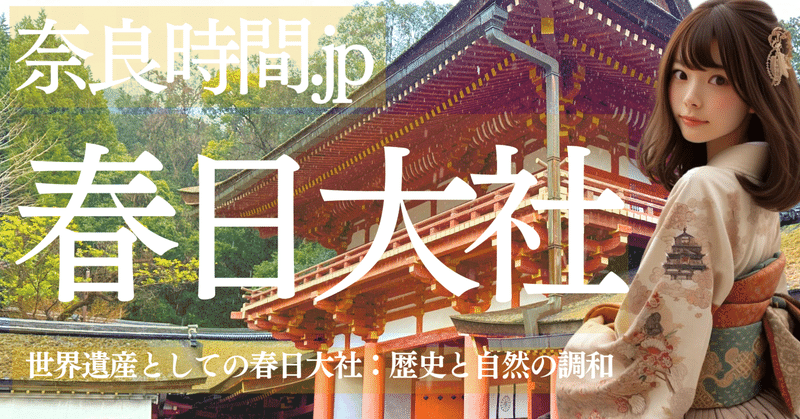
【奈良時間.jp】第3回 世界遺産としての春日大社:歴史と自然の調和
春日大社の歴史は、その創建から現代に至るまで、日本の文化と信仰の象徴としての役割を果たしてきました。この神社は、768年に藤原氏によって創建され、以来、平城京の守護神として、また国民の繁栄を願う場として重要な位置を占めています。春日大社が祀る主祭神、武甕槌命、経津主命、天児屋根命、比売神の四柱は、春日神と総称され、日本人の心の中で特別な存在となっています。その重要性は、式内社(名神大社)、二十二社(上七社)の一社としての地位や、旧社格官幣大社としての格式にも現れています。
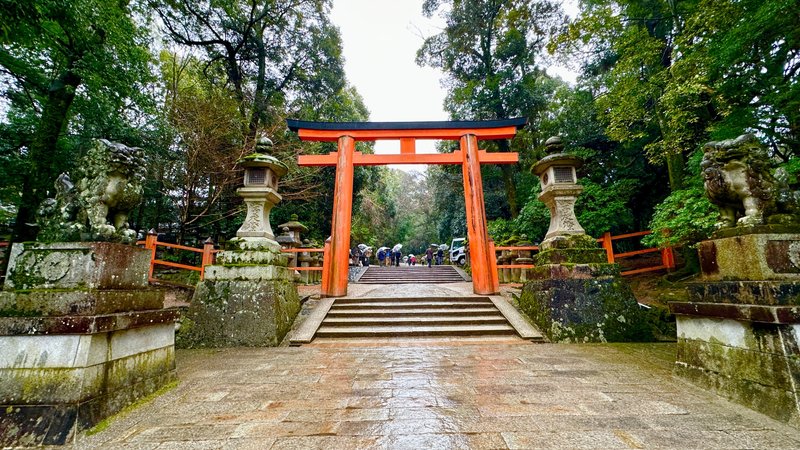
ユネスコの世界遺産に「古都奈良の文化財」として登録されている春日大社は、その文化的、歴史的価値が国際的にも認められています。また、全国に約1,000社ある春日神社の総本社として、春日大社は日本全国の信仰の中心地となっています。

訪れる人々は、春日大社の自然との調和を重んじる姿勢から、心の平穏と自然への畏敬の念を感じ取ることができます。境内には豊かな自然が広がり、四季折々の風景が訪れる人々の目を楽しませます。石灯籠や釣燈籠が並ぶ様子は、特に夜間になるとその美しさが際立ち、春日大社の神聖な雰囲気を一層高めています。


春日大社のシンボルである鹿たちは、神使としての役割を担いながら、境内を自由に歩き、訪れる人々に和やかな時間を提供しています。これらの鹿たちとのふれあいは、自然と人間の共生の可能性を示し、春日大社がただの観光地ではなく、生きとし生けるものすべてが調和して生きる場所であることを象徴しています。
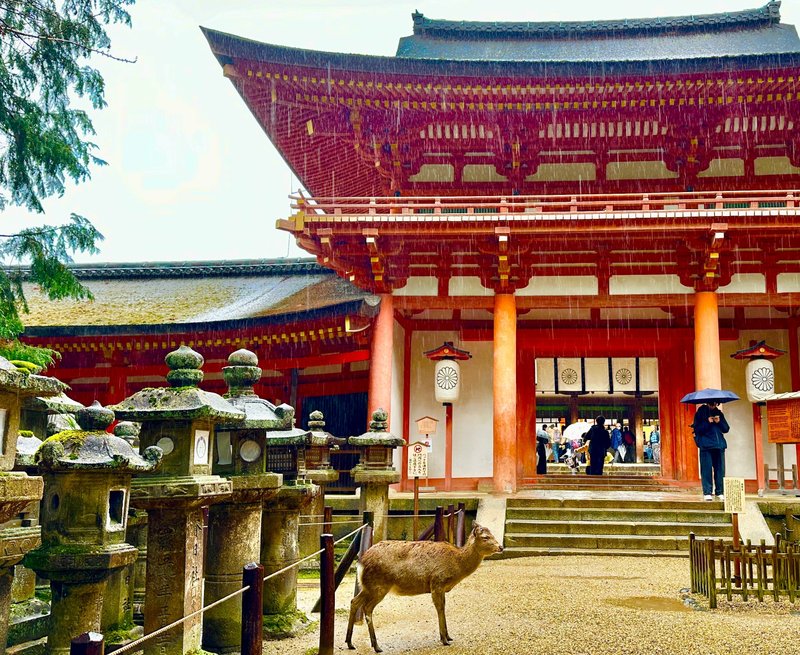
春日大社の国宝殿では、日本の伝統文化と職人の技が生み出した美術工芸品を鑑賞することができ、訪れる人々に日本の文化的遺産の深さと豊かさを教えてくれます。これらの展示品は、春日大社が単なる宗教的な場所を超え、日本文化の宝庫であることを示しています。
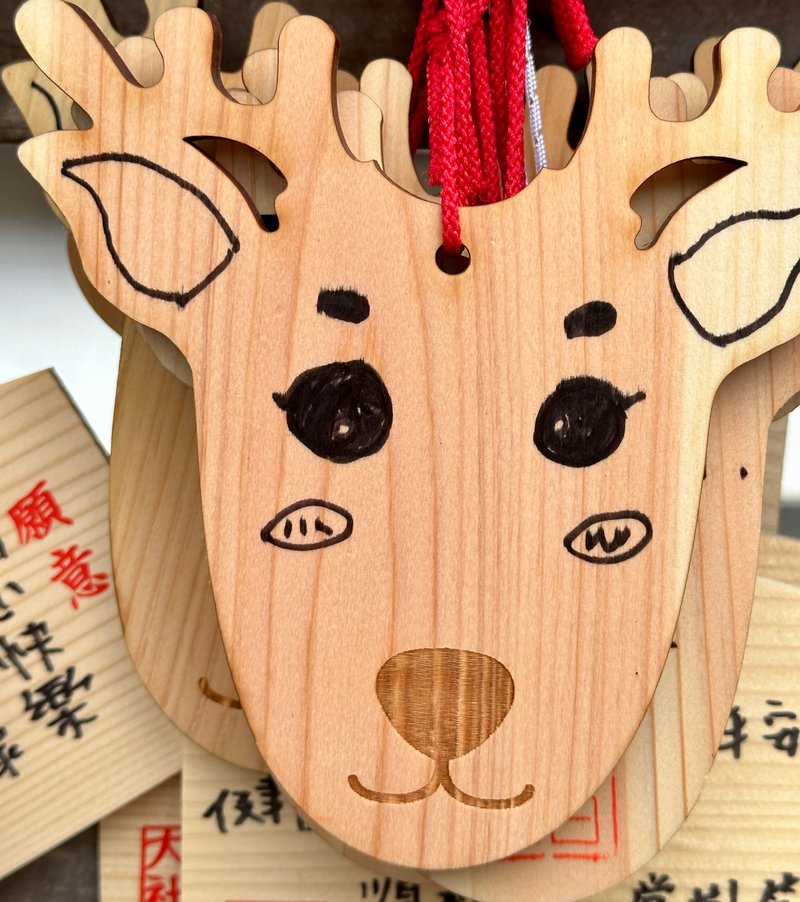
春日大社への訪問は、美しい景色を楽しむだけでなく、自然、歴史、文化が一体となった場所での特別な体験を提供します。春日大社の静寂と美しさは、訪れる人々の心に深く刻まれ、訪れた人々にとって忘れがたい思い出となるでしょう。自然への畏敬の念を新たにすることができる春日大社は、私たちに日本の豊かな自然と文化の価値を再認識させてくれる場所です。過去から現代に至るまで、多くの人々にとって信仰の対象であり続ける春日大社は、自然との調和の中で生きることの大切さを教えてくれる、生きた教訓の場所と言えるでしょう。

春日大社を訪れることで得られる体験は、心を豊かにし、日々の生活に新たな視点をもたらしてくれます。この神社の美しさとその背後にある深い歴史と文化は、訪れる人々に深い感銘を与え、日本の伝統と自然の大切さを再認識させてくれるでしょう。春日大社は、時間を超えて多くの人々に愛され続ける、日本が世界に誇る貴重な文化遺産の一つです。
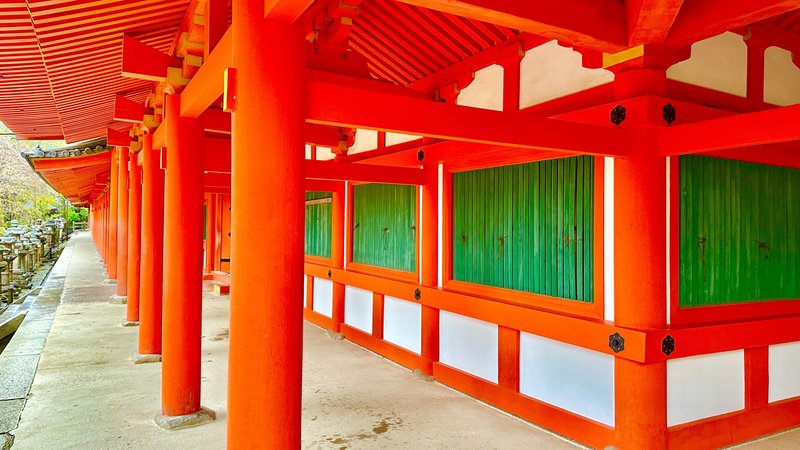
Kasuga Taisha Shrine, located in Nara City, Nara Prefecture, has played a significant role in Japanese culture and faith since its establishment. Founded in 768 by the Fujiwara clan, the shrine has since served as a guardian deity for the Heijo-kyo capital and a site for praying for the nation's prosperity. The main deities worshiped here, known collectively as the Kasuga Gods—Takemikazuchi-no-mikoto, Futsunushi-no-mikoto, Amenokoyane-no-mikoto, and Himegami—are deeply revered in the hearts of the Japanese people. Its importance is also reflected in its status as a Shikinaisha (listed in the Engishiki, an ancient Japanese statute), one of the Twenty-Two Shrines, and its former ranking as a Kanpei-taisha (government-supported shrine).
Kasuga Taisha's designation as a UNESCO World Heritage Site under "Historic Monuments of Ancient Nara" underscores its cultural and historical value on an international level. Furthermore, as the head shrine of approximately 1,000 Kasuga Shrines nationwide, it stands as a central figure in Japan's religious landscape.
Visitors to Kasuga Taisha can deeply appreciate the shrine's commitment to harmony with nature, finding peace of mind and a sense of reverence for nature. Surrounded by lush greenery, the shrine grounds offer a tranquil escape from urban noise, with seasonal landscapes providing a vivid display of Japan's natural beauty. The arrangement of stone lanterns and hanging lanterns, especially at night, accentuates the shrine's sacred atmosphere.
The deer of Kasuga Taisha, serving as divine messengers, roam freely, offering visitors gentle interactions. These encounters symbolize the possibility of coexistence between nature and humanity, illustrating that Kasuga Taisha is more than just a tourist destination—it is a place where all living beings harmoniously coexist.
In the National Treasure Museum, visitors can admire the pinnacle of Japanese traditional culture and craftsmanship through various art and craft pieces. These exhibits not only highlight Kasuga Taisha's role beyond a religious site but also as a treasure trove of Japanese culture.
A visit to Kasuga Taisha offers more than just the enjoyment of beautiful scenery; it provides a unique experience where nature, history, and culture converge. The serenity and beauty of Kasuga Taisha leave a lasting impression on visitors, making it an unforgettable memory. The shrine allows us to rediscover the value of Japan's rich nature and culture, teaching us the importance of living in harmony with our surroundings. Kasuga Taisha continues to be a focal point of faith for many, teaching the significance of coexistence with nature—a living lesson that resonates through time.
The experiences gained from visiting Kasuga Taisha enrich the soul and offer new perspectives on daily life. The shrine's beauty and its underlying deep history and culture profoundly impact visitors, helping them to reappreciate the traditions and natural wonders of Japan. Kasuga Taisha remains a cherished cultural heritage of Japan, loved across generations, and stands as one of Japan's proud contributions to the world's valuable cultural treasures.
この記事が気に入ったらサポートをしてみませんか?
